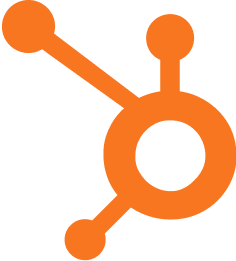Revenue Per Customer (RPC): Key Sales Metric

Published on: October 01, 2024
Revenue Per Customer (RPC) is a crucial financial metric that measures the average amount of revenue generated from each customer over a specific period. This powerful indicator helps businesses understand their customer value, pricing strategies, and overall financial health. 💰📊
Understanding Revenue Per Customer
RPC is calculated by dividing the total revenue by the number of customers during a given time frame. The formula is:
$\text{RPC} = \frac{\text{Total Revenue}}{\text{Number of Customers}}$
For example, if a company generates $1,000,000 in revenue from 1,000 customers, the RPC would be $1,000.
Importance of RPC in Sales and Marketing Operations
Understanding and optimizing RPC is vital for several reasons:
- Customer Value Assessment: RPC helps identify high-value customers and segments.
- Pricing Strategy: It informs pricing decisions and product offerings.
- Growth Planning: RPC is crucial for forecasting and setting realistic growth targets.
- Customer Retention: It can indicate the effectiveness of retention strategies.
- Marketing ROI: RPC helps evaluate the return on marketing investments.
Factors Affecting Revenue Per Customer
Several factors can impact your RPC:
- Product Mix: Offering higher-priced products or services can increase RPC.
- Upselling and Cross-selling: Effective strategies can boost revenue from existing customers.
- Customer Lifecycle: Long-term customers may generate more revenue over time.
- Market Positioning: Premium brands often have higher RPC.
- Customer Satisfaction: Happy customers are more likely to make repeat purchases.
Strategies to Increase Revenue Per Customer
To improve your RPC, consider implementing these strategies:
- Develop a strong customer loyalty program 🏆
- Implement personalized marketing campaigns 🎯
- Offer product bundles or packages 📦
- Provide excellent customer service 🌟
- Continuously innovate and improve your product offerings 🚀
RPC vs. Other Key Metrics
| Metric | Focus | Calculation |
|---|---|---|
| Revenue Per Customer (RPC) | Average revenue per customer | Total Revenue / Number of Customers |
| Customer Lifetime Value (CLV) | Total value of a customer over time | Average Purchase Value × Purchase Frequency × Customer Lifespan |
| Average Order Value (AOV) | Average amount spent per transaction | Total Revenue / Number of Orders |
Common Challenges in Measuring RPC
While RPC is a valuable metric, there are some challenges to consider:
- Customer Definition: Clearly defining what constitutes a customer (e.g., active vs. inactive).
- Time Frame: Choosing the appropriate period for measurement (e.g., monthly, quarterly, annually).
- Data Accuracy: Ensuring all revenue sources are accurately tracked and attributed.
- Customer Segmentation: Recognizing that RPC may vary significantly across different customer segments.
By understanding and optimizing your Revenue Per Customer, you can drive sustainable growth and improve your overall business performance. 📈💼
Implementing RPC in Your Sales and Marketing Stack
To effectively leverage RPC in your operations, ask yourself these questions:
- How can we integrate RPC tracking into our CRM and analytics tools?
- What customer segments show the highest and lowest RPC, and why?
- How can we use RPC data to inform our sales and marketing strategies?
- What upselling or cross-selling opportunities can we identify to increase RPC?
- How does our RPC compare to industry benchmarks, and what can we learn from top performers?
















